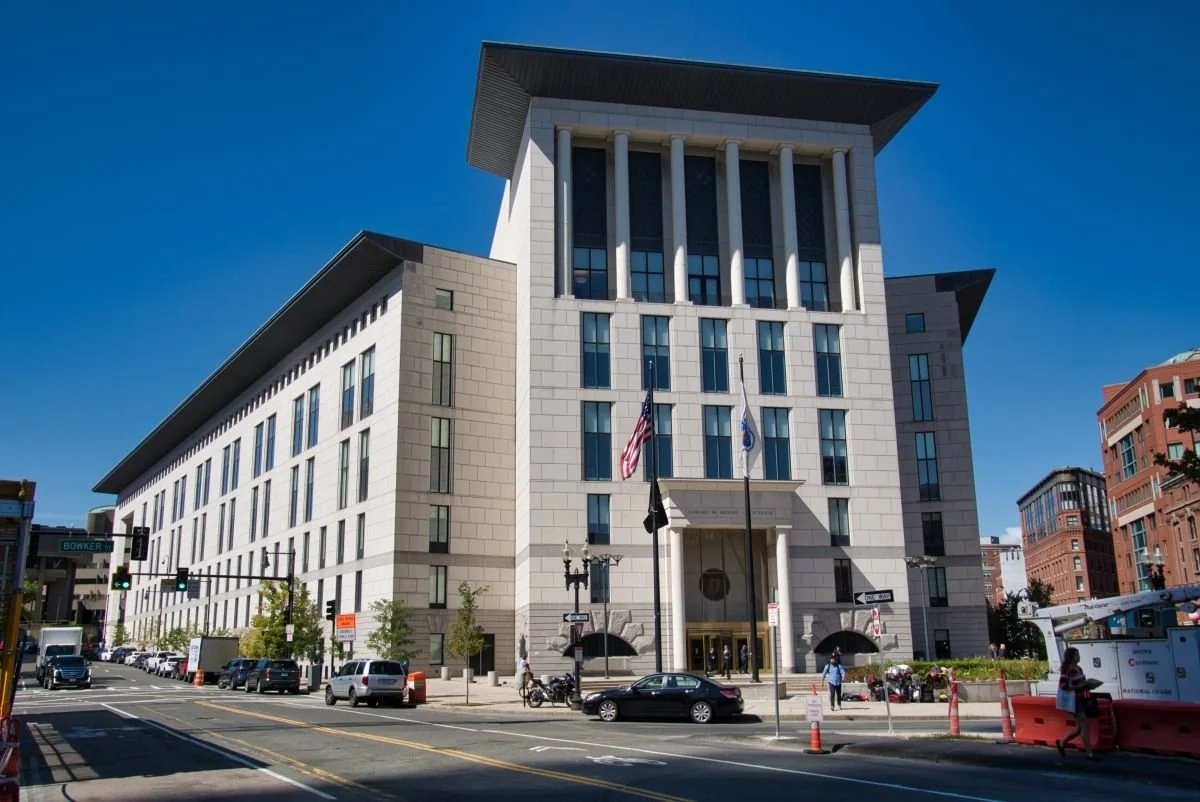Wayfinding in Massachusetts Court Buildings
How do visitors to Massachusetts court buildings find their way to where they need to go?
Goal:
The goal of this study was to observe the experience of physical wayfinding of court users and identify opportunities to improve wayfinding satisfaction in the MA state courthouses.
Process:
Provided recommendations to MA court officials based on five months of secondary research, observation, interviews, and shadowing users of the court.
Edward W. Brooke Court in downtown Boston, MA
Role:
UX Researcher
Responsibility:
Each team member was equally responsible and involved; however, I was particularly involved in in-person court observations, shadowing visitors, interviewing court officials, and writing the report.
Methods:
Ethnographic Observations, User Interviews, Shadowing, and Secondary Research
Process
This research project can be broken down into three phases:
Secondary research and courthouse orientation
In-depth observations, shadowing, and interviews
Analysis of data and report creation
Phase 1: Secondary Research & Courthouse Orientation
To start this project the Bentley University Researcher Team needed to understand the Massachusetts court system, wayfinding and signage that exists today, and previous research. We began by visiting MA Court complexes, auditing existing signs, layouts, and help services. Simultaneously, we began conducting supplemental and secondary research to better understand wayfinding, courthouse users, and previous research conducted. Once getting our bearing of the judicial system, we began phase 2.
Phase 2: In-depth observations, shadowing, and interviews
Over the course of 5 months we visited 9 courthouses in the state of MA, interviewed 5 court employees, and set up tables at 3 courthouses to interact and shadow court users. In this phase, the goal was to take note of signs, architectural structures, ADA (Americans with Disabilities Act) compliance, and language and help service. It became clear how court users interacted with the buildings and systems through our shadowing and table sessions.
Phase 3: Analysis of data and report creation
Through coding and thematic grouping, we were able to analyze the mass quantities of data. Based on our analysis we determined 8 key issues that current court users face. We also provided detailed findings about each courthouse we visited. Finally, understanding the budget restraints currently faced by the court, we provided “quick fixes” and "low cost” solutions in our recommendations. Overall, the report and presentation were positively received by the MA court officials and plans to act on these recommendations are in motion.
Limitations & Constraints
This project did face a few contraints and challenges:
Due to time constraints, we were not able to interview all of the court employees we had intended to.
We were not able to go to all of the courthouses in the state. We did not travel to the western part of the state or rural areas of Massachusetts.
We observed ADA issues at many court builidings; however, we were not able to talk with anyone with physcial disabilities. This would be a great area for further observation to identify new issues or validate our observations.
Outcome & Reflection
The project ended in January of 2022 when the final report and presentation were delivered to the MA Court Officials. The officials were pleased and surprised by the qualitative analysis and findings. It appeared that they understood the impacts of poor wayfinding on court users and were very open to making changes.
Working on this project was inspiring and changed the way I view public spaces. It has opened up my mind to language accessibility issues, wayfinding oversights, and ADA issues in many public spaces. It taught me that it is imperative to design for those who have disabilties because it still solves for those who do not.
If I were to approach this project again, I would do more work to understand the state judicial terminology and the court lexicon. I would want to start research earlier so we were fully prepared as we entered the courts for observations and shadowing. In the end, we provided a detailed report and presentation and I hope to see the impact of our research implemented over the years to come.
Additional Resources & Pictures





